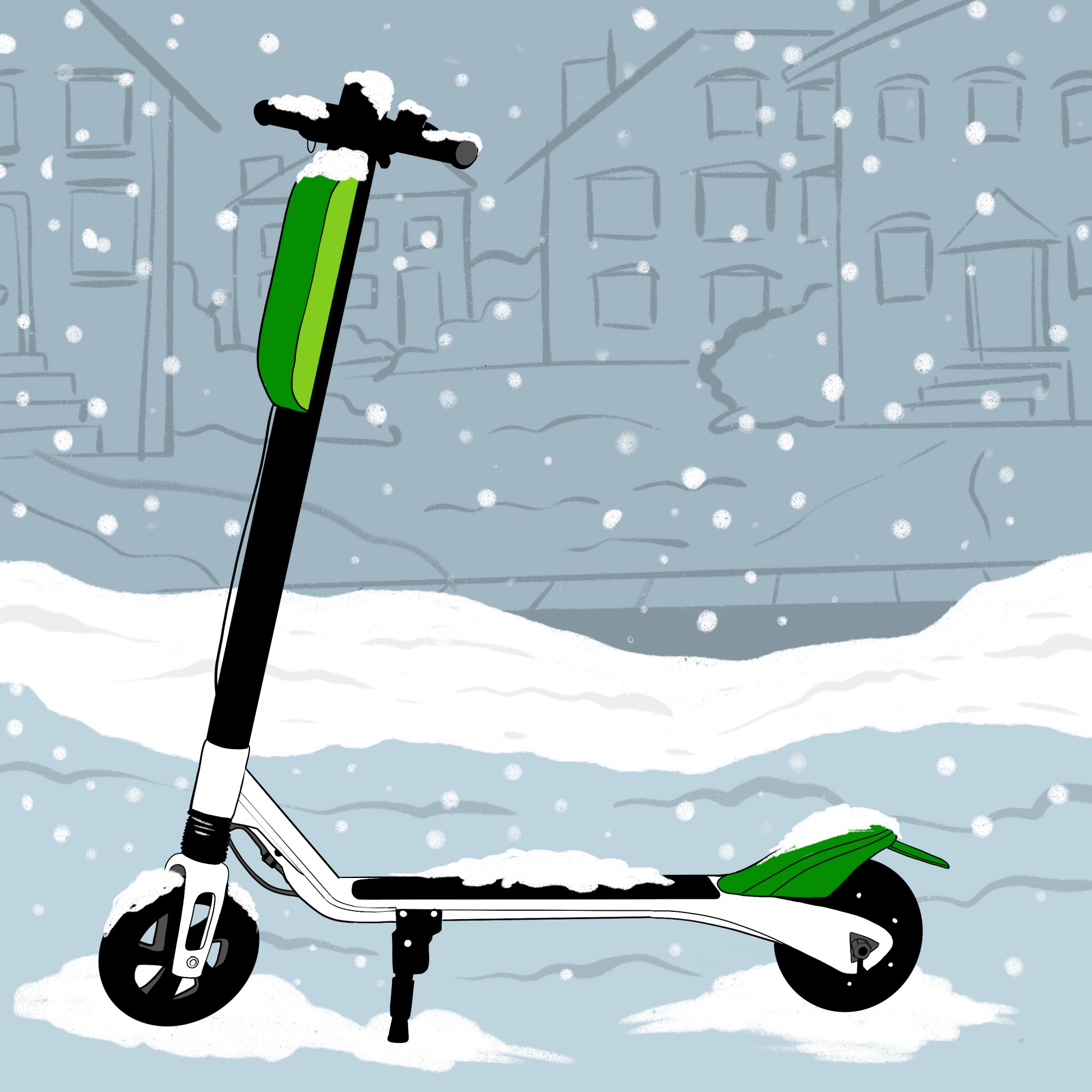They stormed the University of Minnesota by the hundreds when they were introduced in summer 2018. Now, they are nowhere to be found. The University, in joint partnership with the City of Minneapolis, has removed the fleet of electric scooters on campus until riding conditions are safe again.
Their absence has been met with mixed reactions across campus. E-scooter trips accounted for about 46 percent of all U.S. ride-share trips last year and trips in Minneapolis climbed to more than 225,000 last year. Students shared their take on the electric scooters that took over the University’s Twin Cities campus.
Fourth-year computer science student Alec Johnson, who also bikes around campus, has not encountered any problems with his e-scooter counterparts. He said he’s fine with their presence in the bike lane, but one problem he sees is the lack of knowledge regarding road regulations.
City ordinance states that scooterists fall under the same regulations as bicyclists: they can ride on bike lanes, but not on the sidewalks.
The scooter companies on campus — Lyft, JUMP, Lime and Spin — require riders to be over 18 with a valid driver’s license and credit or debit card. Riders are advised to wear a helmet and to familiarize themselves with riding and parking rules.
“The main thing that I see a lot between people using scooters is whether or not they [know] what laws they do and don’t abide to,” Johnson said. “There’s kind of like a limbo, like a weird area [where] people don’t really know what the proper usage for them is.”
Much of that unawareness is what can lead to accidents with the e-scooters, according to freshman David Smith, who was hit by a car while crossing traffic on a Lime scooter.
The accident hardened his stance on students using caution on e-scooters. Smith posted the security camera footage of the accident on Reddit, where it became a University-wide viral meme.
“[It] gained a lot of traction,” Smith said. “I was like, ‘Oh, wow.’ Then people started making memes, and that was pretty funny.”
Jokes aside, Smith said riders should know the risks and rules involved with e-scooters.
“If you’re going to ride the scooter, you should do some research on what the laws are before you get on one — that way you don’t end up making a bad mistake that I did,” Smith said, who walked away with a few minor bruises and scrapes.
Other students said e-scooters create a mild nuisance because they frequently block walkways.
“They can be really annoying when you’re getting to class and there’s just a ton in the way,” second-year kinesiology student Ellie Kohl said. “People leave them in really inconvenient spots; sometimes they will drop them right outside of a door or something.”
Sophomore Iida Lehto owns a personal electric scooter and enjoys the luxury of getting to class much quicker than before.
“Energy-wise, it’s way better than driving a car,” Lehto said. “[But] it might take up more space on the sidewalks as a negative.”
Despite the inconvenience, Lime communications specialist Alex Youn said scooters have found a commuting niche “where people are taking a scooter miles from their houses to where the transit stop is to connect that [gap].”
“There wasn’t something that was as reliable, as affordable and, frankly, environmentally friendly, to get people to and from where they were going,” Young said.
Before scooters’ potential return, as the University’s contract runs through March, some students said riders should make sure to educate themselves before getting on another e-scooter.
“I think it’s just an interesting power that people don’t entirely know all the safety precautions behind,” Johnson said.








